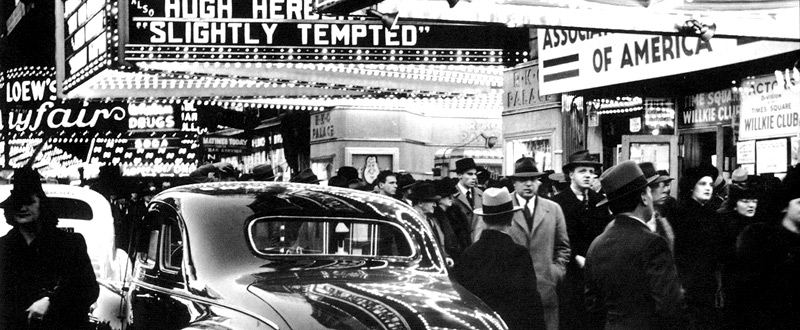B-movies, low budget productions with very niche appeal, have always been a significant yet frequently overlooked part of film history.
 In the current tumultuous movie landscape of massive profit oriented productions of the broadest possible audience appeal, B-movies struggle to maintain what little relevance they used to have.
In the current tumultuous movie landscape of massive profit oriented productions of the broadest possible audience appeal, B-movies struggle to maintain what little relevance they used to have.
However, these films play an important role in the industry, providing an avenue for independent filmmakers and lesser known actors to make a name for themselves or hone their craft, as well as to tell stories that they would not be able to under the various constraints of bigger productions.
The term “B-movie” is a holdover from the Golden Age of Hollywood, from the 1930s to the 1950s, when major studios used to produce B-movies as the second feature of a double bill, pairing them with more prestigious “A” films.
These movies were typically produced quickly and cheaply, with some studios originally having separate production teams dedicated to making B-movies. They would use the existing studio backlots and leftover resources from A films to make films that serve as a freebie in anticipation of the “real” movie it’s paired with.
Consistent work
Despite their lower status, B movies provided consistent work for actors, directors, and crew members, and offered a training ground for emerging talent. Later, however, studios would simply buy movies from much smaller studios, a practice that would launch or relaunch the careers of some A list actors and filmmakers, such as John Wayne.
 As the studio system declined in the 40s and 50s, audiences moved more in favour of TV, B-movies would find a new home in late night TV programming. But with the overall decline of studios, including the major ones, left a vacuum to be filled by independent filmmakers with a penchant for low budget filmmaking, like American International Pictures and Roger Corman.
As the studio system declined in the 40s and 50s, audiences moved more in favour of TV, B-movies would find a new home in late night TV programming. But with the overall decline of studios, including the major ones, left a vacuum to be filled by independent filmmakers with a penchant for low budget filmmaking, like American International Pictures and Roger Corman.
This era of the 60s and 70s was defined by a boom of these new B-movies, called “exploitation films”, which covered themes and genres rarely seen under the censors of major productions of the time, such as sexuality, gore, and horror.
This golden age would end soon, as major studios began to co-opt genres and the creative process of exploitation films, with high budget productions such as ‘The Exorcist’ (1973), ‘Jaws’ (1974), ‘Star Wars’ (1977) proving that it could do exploitation movies better, with more polish and more profit. Inflation would also make filmmaking far too costly for smaller studios and creators to keep up.
Despite this, several B movies have transcended their low-budget origins to become classics in their own right.
“King of the Bs”
Roger Corman, known as the “King of the Bs”, directed and produced numerous influential B movies, including “Little Shop of Horrors” (1960) and movie adaptations of Edgar Allan Poe’s works, such as “The Masque of the Red Death” (1964). Corman’s work is notable for its efficiency and ability to launch the careers of many future Hollywood stars and directors, such as Jack Nicholson, Francis Ford Coppola, and James Cameron.
 While double bill features at theatres are no longer a common practice, the idea of the B-movie would continue to persist in works such as Direct to Video and Made for TV movies.
While double bill features at theatres are no longer a common practice, the idea of the B-movie would continue to persist in works such as Direct to Video and Made for TV movies.
Today though, shoestring budgets can make films that launch global franchises, and TV only productions rival even contemporary blockbusters, so the closest comparison for a B-movie could only be found in independent films, such as arthouse flicks, mockbusters, and fan films explicitly aping the style of classic era B-movies.
In contemporary cinema, the rise of digital filmmaking has democratized the production process, allowing a new generation of filmmakers to create B-movie style content with limited resources. Online platforms such as YouTube and streaming services have provided new distribution channels for these films, expanding their reach and accessibility.









